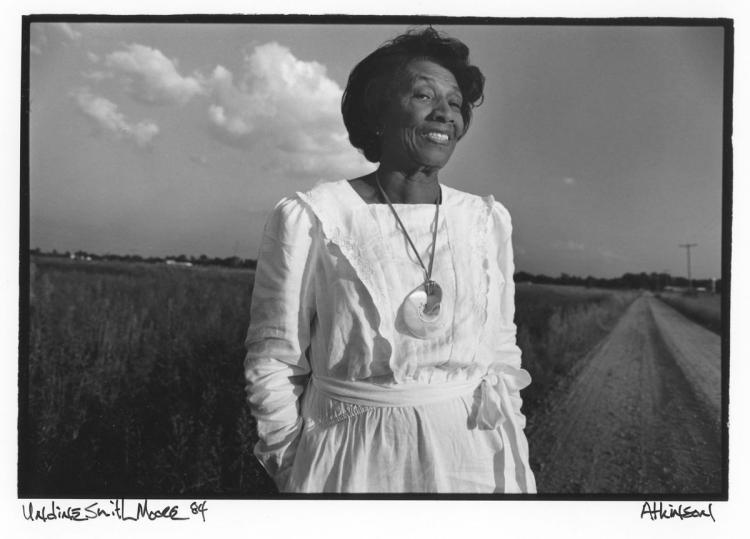The Romantic Young Clown, by Undine Smith Moore

The Romantic Young Clown is a four-page character piece written by Undine Smith Moore on March 12, 1952 and dedicated to her daughter, Mary Hardie. The piece is appropriate for an advanced level student.The structure of the piece is based on alternation between sections of scherzo and dolce waltz. Often being written in three textural voices, the piece presents its performer with a variety of technical challenges. Hand crossing, hand alternation, chords (not too dense, more clustery), chromaticism, accents, jumps, and rapid changes in dynamics. The whole range of keys is used in the piece. No use of pedal is marked in the score. The piece ends with a coda built on dreamy, fairytale-like, impressionistic broken chords.
Undine Smith Moore (1904-1989) was an accomplished African-American composer, teacher, and arranger. Often referred to as the “Dean of Black Women Composers”, Moore left a legacy of more than 100 compositions in a variety of forms. She was best known for her choral works and arrangements of spirituals. Born in Jarratt, Virginia, Moore obtained her musical education at Fisk University and Columbia University. After finishing her graduate degree at Columbia University, Moore joined the music faculty at Virginia State College, where she taught piano, organ, and music theory until her retirement in 1972. Moore’s musical and teaching career was so diverse and renowned that she received honorary doctorates from Indiana University and Virginia State College. Probably Moore’s most ambitious work, a cantata written in honor of Martin Luther King, Jr., “Scenes From the Life of a Martyr,” was nominated for a Pulitzer Prize. Moore felt strongly about the inclusion of African-American music in high school and college programs but wanted to avoid stereotypes around it. She once said, “Black music is a house of many mansions. Blacks have many musics and some of them relate in an extremely universal way to the human condition.” She believed that the term “black music” should only mean music written by a black person.
Sources
- Brunelle, P. (2004). The Centenary Year of Undine Smith Moore: Dean of Black Women Composers. The Choral Journal,44(7), 39-41.
- Undine Smith Moore. (1989). The Black Perspective in Music,17(1/2), 177-177.
- Walker-Hill, Helen. From Spirituals to Symphonies: African-American Women Composers and Their Music. Urbana, IL: University of Illinois Press, 2007.
- Photo from Open Ears: Get to Know "the Dean of Black Music Composers" - Classical KDFC

